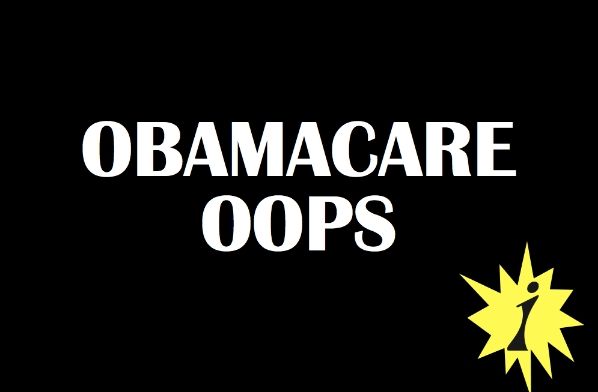How much is too much when it comes to healthcare? For some ObamaCare customers the answer is as much as I can get.
The Government Accountability Office has found that because the Administration has been lax in regularly checking enrollments on a timely basis, customers have secured duplicative coverage through Medicaid and private coverage in ObamaCare federal and/or state exchanges.
As of July, the Center for Medicare and Medicaid Services (CMS), had no process in place to check for duplicative coverage. CMS was also not receiving information in real time on which customers are transitioning from Medicaid to exchange coverage. In other cases, some individuals were enrolled in Medicaid while also receiving federal subsidies, which is fraudulent. In essence, we tax payers are paying twice or more for the same person to receive healthcare coverage whether through subsidies or reimbursing Medicaid costs.
So why are customers switching between Medicaid and ObamaCare coverage through the exchanges? Changes in their income and other factors can – and should – change an individual’s eligibility for Medicaid and for subsidized exchange coverage. The more volatile your income, the more likely you are to qualify for one or the other at different times. States that expanded Medicaid want to ensure that there is no gap in coverage as people shift between coverage sources, so they are more willing to accept duplication of coverage at the expense of taxpayers.
The GAO identified some specific scenarios of how customers are carrying multiple coverage:
· Scenario 1: Individuals who are completing the transition from subsidized exchange to Medicaid coverage. According to officials from three of our eight selected states, some amount of duplicate overage may be expected for individuals transitioning from subsidized exchange coverage to Medicaid… This is primarily due to differences in the effective dates of coverage. Medicaid coverage is effective as of the date an eligibility change is reported or earlier—while in general exchange coverage can only be terminated prospectively, generally with at least 14 days advance notice…
· Scenario 2: Individuals who do not end their subsidized exchange coverage after being determined eligible for Medicaid. One of our selected states identified that 3,500 individuals had duplicate coverage at some point from January to July 2014, in part because some of the individuals did not end their subsidized coverage after being determined eligible for Medicaid…
· Scenario 3: Individuals who enroll in subsidized exchange coverage when already enrolled in Medicaid. One of our selected issuers reported that a small number of individuals enrolled in one of the issuer’s Medicaid plans and later also obtained subsidized coverage through one of its exchange plans—18 individuals as of February 2015… Additionally, another of our selected issuers reported that one of its plans had experienced a number of instances of duplicate coverage—which tended to last for many months—and that the volume had increased during 2015 open enrollment for exchange coverage, likely because Medicaid coverage was not identified.
The problem is that the instances of duplication are likely to increase. With Open enrollment kicking off next week, if federal and state agencies haven't got a handle on this, and it is bound to expand.
Also troubling, the GAO also followed up on an investigation into applications for fictitious ObamaCare accounts and found that a handful of fraudulent accounts slipped through the approval process.
The Hill reports:
The GAO found that while eight of the 10 were initially rejected, all 10 were eventually able to enroll. Four used Social Security numbers that have never been issued, such as numbers beginning “000.”
The Obama administration says it has checks in place to prevent fraud and that the GAO’s scenarios of repeated efforts to get around those barriers are unrealistic. It says that people have nothing to gain financially by fraudulently signing up for health insurance and having to pay new premiums and deductibles.
…
At a hearing on the reports on Friday, Rep. Frank Pallone Jr. (N.J.), the top Democrat on the Energy and Commerce committee, took the GAO to task for its focus on creating fictitious identities.
…
“If it were not for Republicans continual mission to undermine the ACA, these reports could have provided a good policy discussion,” he said.
Rep. Marsha Blackburn (R-Tenn.) argued that the administration is being careless on fraud issues because they are so eager to sign people up.
“It was really get the numbers up, so they’ve really thrown the door open for fraud,” she said.
ObamaCare is another entitlement that people don’t want and costs too much, as my colleague Charlotte Hays explains. From fraudulent accounts to double payments, we taxpayers are on the hook for a system that expands government control over healthcare but does nothing to address fundamental problems with our healthcare system. Instead of being efficient and patient-focused, it’s bureaucrat-driven, costly, and leaves customers with questionable access to quality care.


